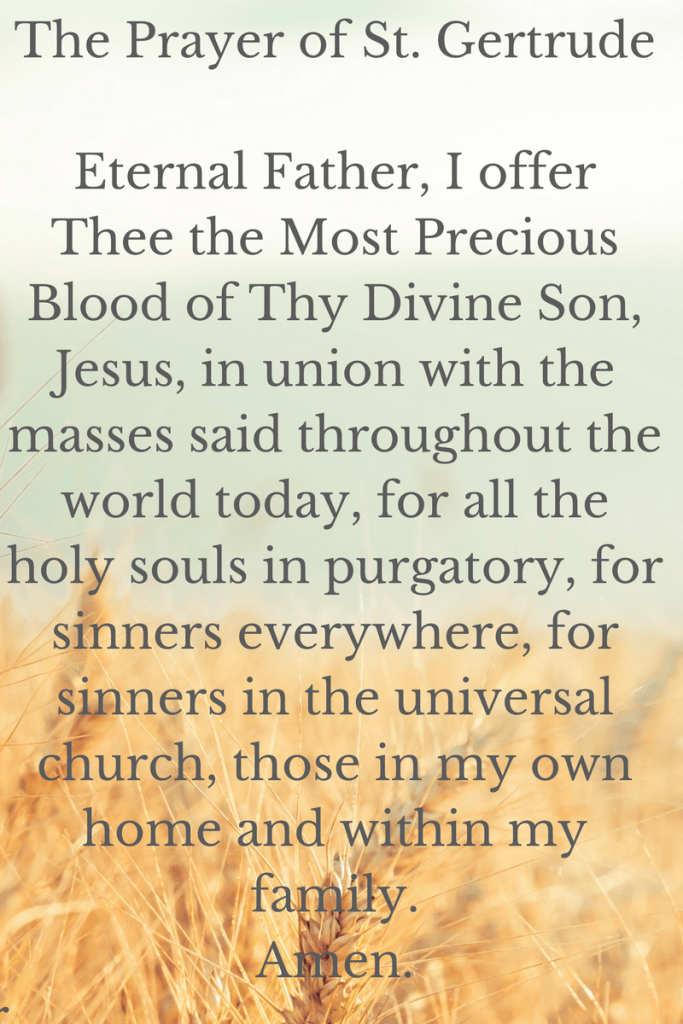At his Hall of Fame induction in 1960, Ted Williams used the opportunity to speak on behalf of Negro League greats such as Satchel Paige, calling for them to be enshrined in Cooperstown. In 1971, the Hall of Fame honored his request, and have been electing Negro Leaguers ever since.
I am of a mixed opinion about Negro Leaguers in the Hall of Fame. On the one hand, one could argue that Negro League ball was basically the Major Leagues for blacks for almost 50 years. The best Negro Leaguers probably could have been big stars in the Majors, and some of them (like Willie Mays, Jackie Robinson, Larry Doby, Minnie Minoso, Jim Gilliam, and Monte Irvin) were. On the other hand, I object to Negro Leaguers in Cooperstown for two reasons. One, Negro Leaguers did not directly compete against Big Leaguers. That said, it's hard to tell how guys like Walter Cannady or Judy Johnson would have done in the real Majors. Two, Negro League statistics were not kept very well. Almost all of them are incomplete, and they are not as reliable as official MLB statistics with professional statkeepers. Martin Dihigo likely played more than 397 games in his NLB career, for example, and it is possible that the statisticians only kept track of his better seasons, and that some of his o-fers are missing from the record, thus bloating his rate stats. It is also quite possible that some Negro League greats are unrecognized on account of incomplete statkeeping. As it is, the Hall has inducted too many Negro League players without enough credibility.
That said, I generally wouldn't be comfortable with Negro Leaguers in the Hall of Fame except for certain exceptions, like Josh Gibson and Satchel Paige, and others who had good Big League careers, like Minnie Minoso. However, Negro League greats deserve to be remembered. There should be another wing to the Hall of Fame specifically for Negro Leaguers. That way we can meaningfully compare them to each other like the shrine at Cooperstown does with MLB players.

